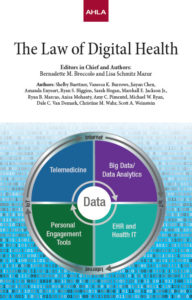On November 1, 2018, the Centers for Medicare and Medicaid (CMS) issued final rules for updating the 2019 Medicare Physician Fee Schedule to implement recent telehealth-related legislative reforms. As reported in our Digital Health Mid-Year Report: Focus on Medicare, these changes are expected to have a material impact on the ability of providers to receive payment for delivering telehealth services. Certain key changes are highlighted below:
- Qualified providers may be reimbursed when providing telehealth services for stroke and kidney disease—even when patients are located in their own homes.
- Qualified providers may receive a small amount of reimbursement for holding “virtual check-in[s]” with patients and when they evaluate recorded video and images from an established patient. CMS noted that these changes are aimed at allowing providers to help determine whether an in-person visit or additional follow-up is needed. Doing so “increase[s] efficiency for practitioners and convenience for beneficiaries.”
- CMS also issued an interim final rule related to the recently-signed SUPPORT for Patients and Communities Act, a bipartisan piece of legislation that was passed to combat the opioid crisis. Similar to the Bipartisan Budget Act, the SUPPORT Act removed the originating site requirement for substance abuse and related mental health treatments. There is a 60-day comment period before this rule will be finalized.
Together, these rules represent a substantial expansion of Medicare reimbursement for services provided via telehealth. For additional guidance on how to interpret and implement these new changes, please contact your regular McDermott attorney.
read more

 Subscribe
Subscribe On Tuesday March 6, during the HIMSS conference, McDermott Will & Emery along with our friends at
On Tuesday March 6, during the HIMSS conference, McDermott Will & Emery along with our friends at 


